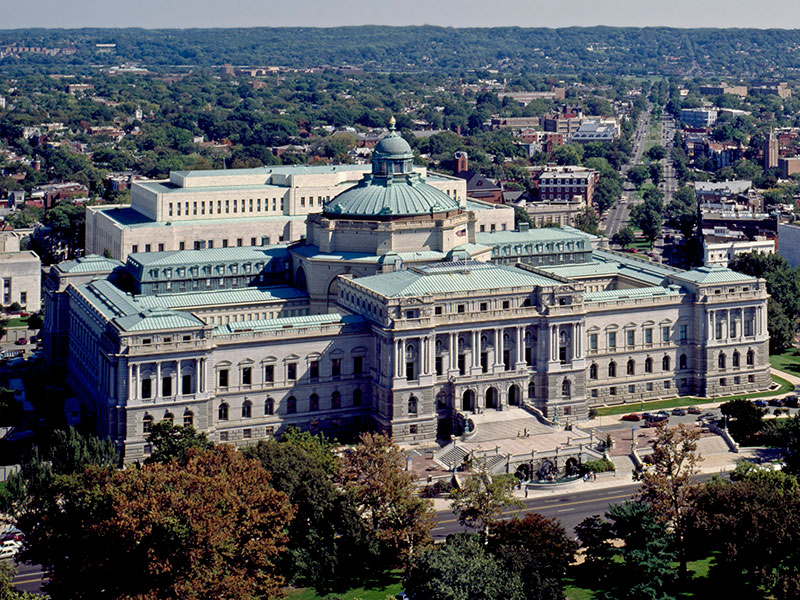On April 24, 1800, something remarkable happened in the young United States. Congress passed an act that quietly planted the seed for what would grow into one of the most important cultural institutions in the world: The Library of Congress.
What started as a modest reference shelf for lawmakers has evolved into a massive archive of knowledge, art, ideas, and history. Today, it’s far more than just a library it’s a living memory bank for the American people.
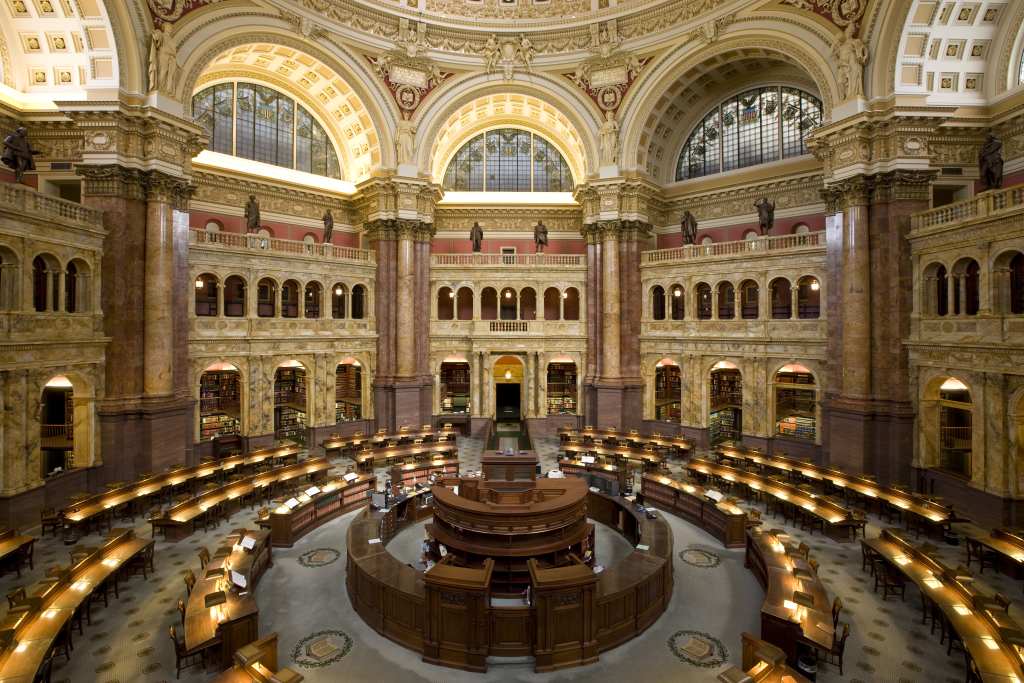
A Humble Beginning Inside the Capitol
Back in 1800, when the federal government was still finding its footing, there was a pressing need to support lawmakers with access to books and information. Congress set aside $5,000 a significant sum at the time—to create a library right inside the Capitol building in Washington, D.C. The idea was simple: give members of Congress the resources they needed to govern wisely.
This first collection was practical, made up of law books, maps, and reference materials. It was functional, not grand. But that would change dramatically just over a decade later.
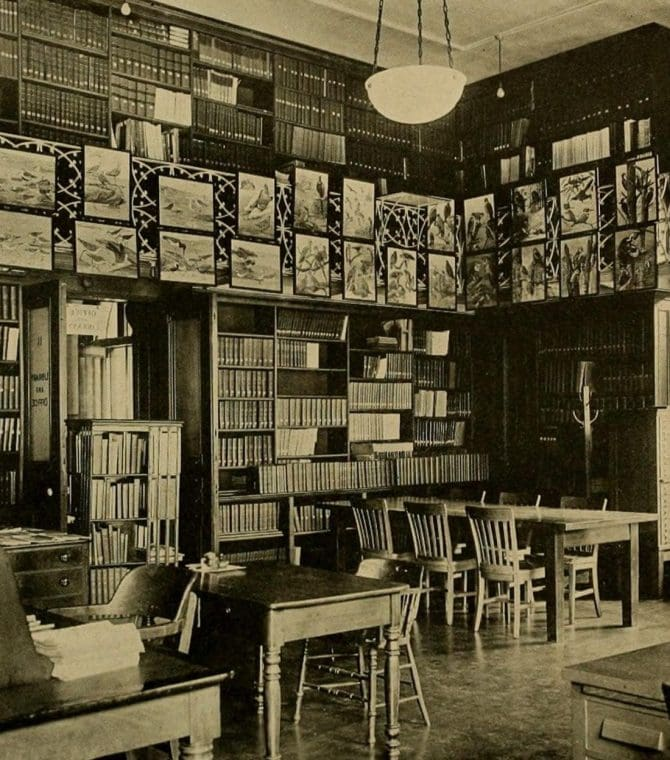
The War of 1812 and Jefferson’s Lifesaving Gift
In 1814, during the War of 1812, British forces invaded Washington and burned the Capitol, destroying the original Library of Congress collection. That could have been the end of it. But Thomas Jefferson, the nation’s third president and a man of immense curiosity, stepped in.
Video:
The Library of Congress Is Your Library
Jefferson offered to sell his personal library to Congress to help rebuild what was lost. And this wasn’t just any collection he had over 6,000 volumes, covering a vast range of subjects including philosophy, science, literature, and foreign languages. Jefferson believed that democracy needed to be built on broad knowledge, not just political or legal texts.
Congress agreed and purchased his entire collection for $23,950. That moment marked a turning point: the Library of Congress would no longer be just a legislative library it would become a universal collection of knowledge.
A National Institution Takes Shape
After Jefferson’s contribution, the Library of Congress began to expand in purpose and scope. By the mid-1800s, it was already one of the largest libraries in the country. In 1897, it moved out of the Capitol and into its own stunning building the Thomas Jefferson Building, complete with its iconic domed ceiling and marble halls.
As America grew, so did the library’s mission. It started collecting not just books but also maps, photographs, recordings, and manuscripts. It became a home for cultural preservation and an engine of research and discovery.
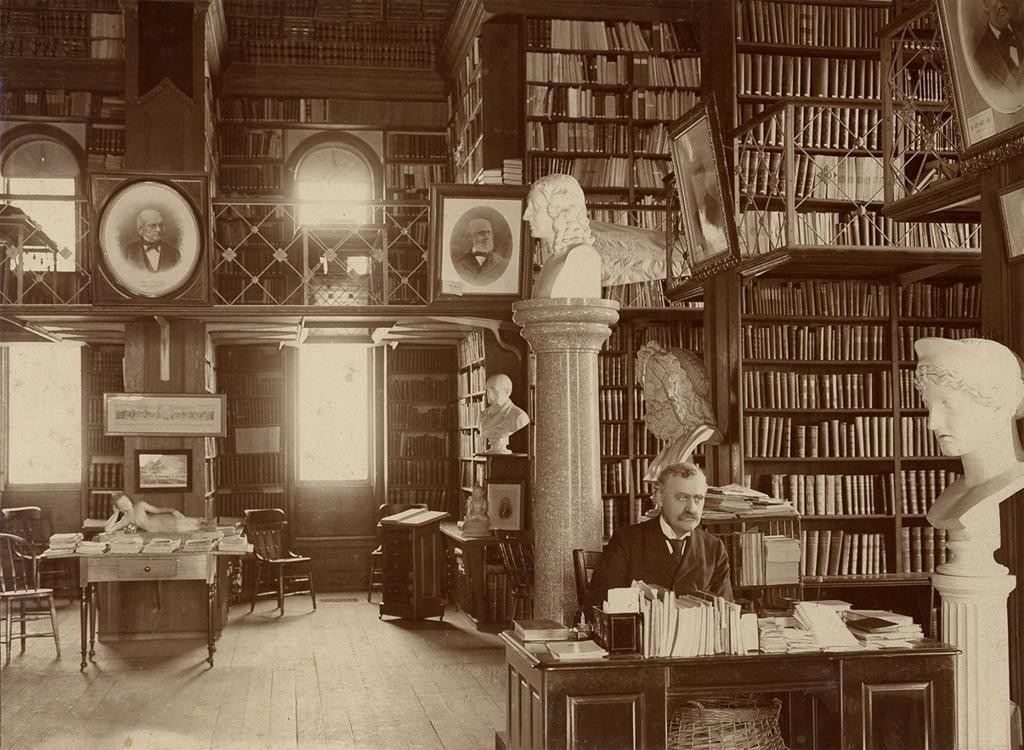
More Than Just Books
Today, the Library of Congress is the largest library in the world, housing more than 170 million items in hundreds of languages. It holds everything from Abraham Lincoln’s papers to rare sound recordings, and even tweets. Yes, even digital history finds its way into this massive archive.
It supports the work of Congress, yes but it also serves the public, researchers, teachers, students, and creators from around the world. Its collections are now digitized and shared online, making the knowledge of the ages accessible to anyone with an internet connection.
Video:
Library Of Congress Digitizing Historic Archives | TODA
Why It Still Matters
In an era of misinformation, fractured attention spans, and disposable content, the Library of Congress stands as a pillar of truth and memory. It doesn’t just store facts it preserves context, nuance, and human stories. It’s where the voices of the past whisper to the future.
Jefferson once said, “I cannot live without books.” And thanks to his vision and generosity, generations of Americans haven’t had to.
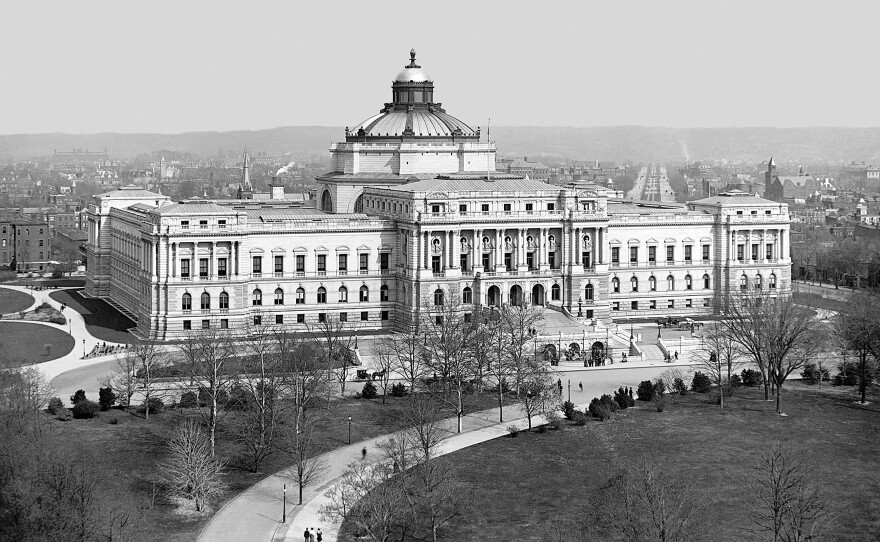
Final Thoughts
From a tiny reference shelf in the Capitol to a global symbol of intellectual freedom, the Library of Congress has journeyed a long way. April 24, 1800, wasn’t just the day a library was founded it was the day America made a commitment to knowledge, curiosity, and preservation.
So next time you open a book, dig into an archive, or scroll through history online, remember: it all started with a simple idea that knowledge should be preserved, protected, and shared.
And that idea is still turning pages today.
